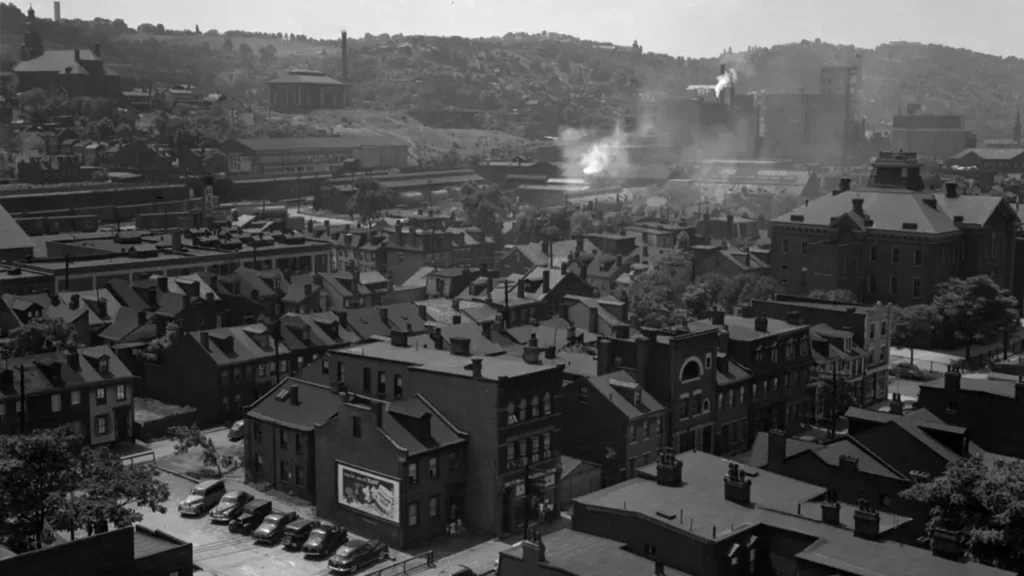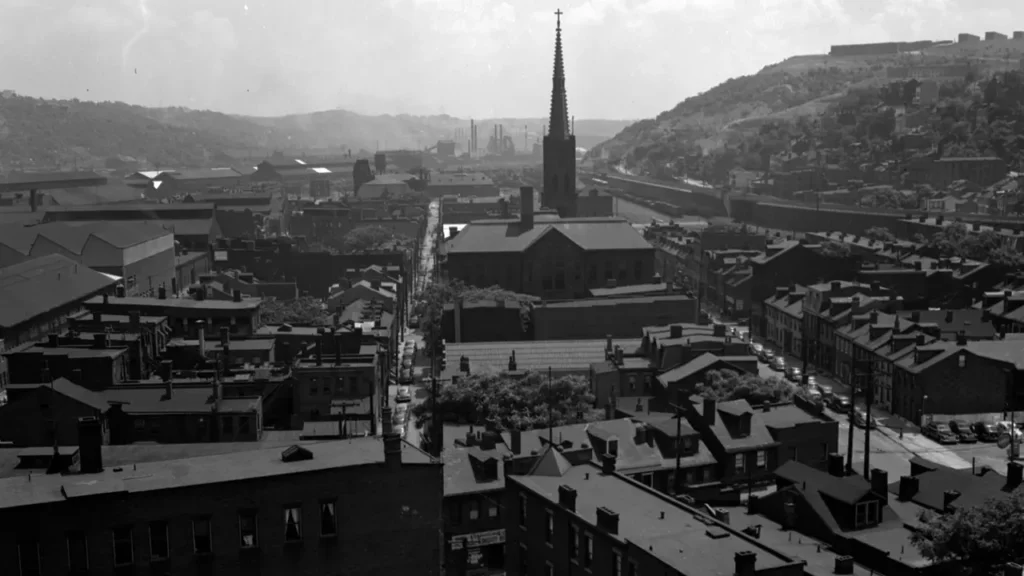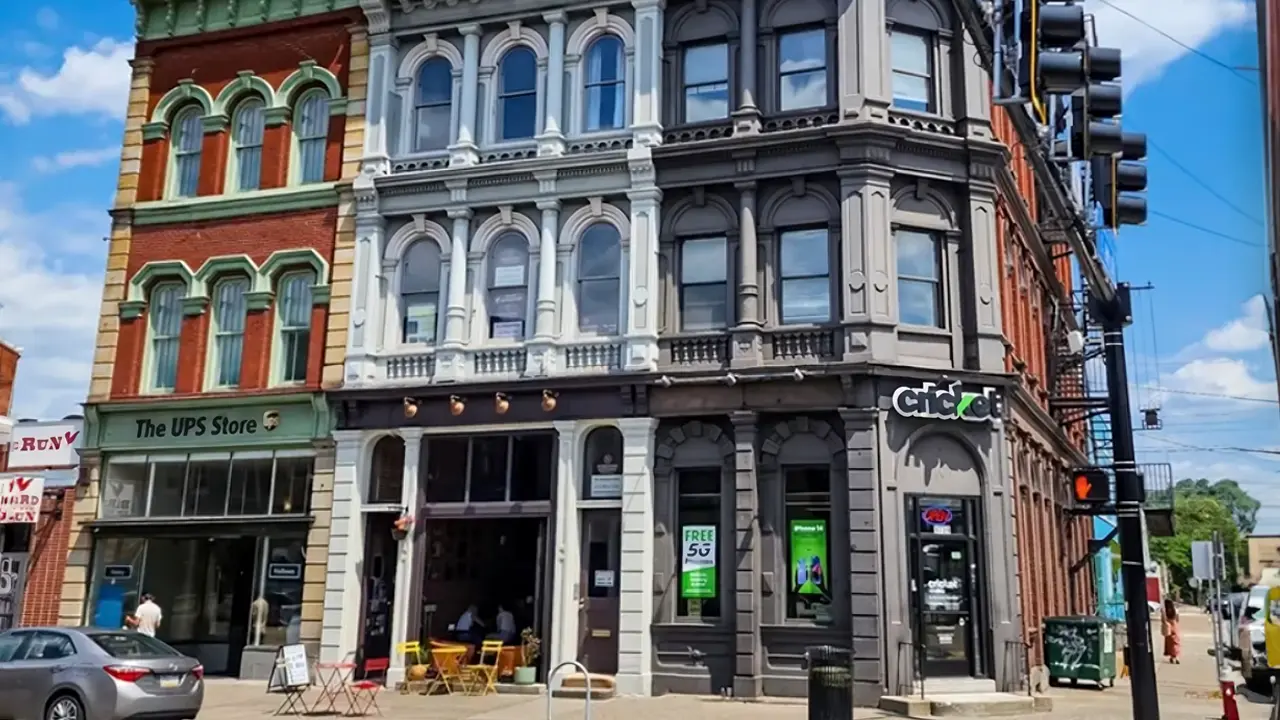South Side
HISTORY
The South Side of Pittsburgh, Pennsylvania, is a vibrant and historic neighborhood that has undergone significant transformations over the years. Situated along the southern banks of the Monongahela River, this area has played a crucial role in the city’s development and continues to be a hub of activity, culture, and commerce.
The history of the South Side dates back to the late 18th century when it was primarily an industrial area known for its coal mines, steel mills, and factories. The construction of the Monongahela Wharf in the early 19th century facilitated the transportation of goods and materials, leading to further industrial growth in the region. The South Side soon became a bustling center of industry, attracting workers and immigrants from around the world.
As the steel industry boomed in the late 19th and early 20th centuries, the South Side experienced rapid expansion and urbanization. The neighborhood became home to a diverse population, including immigrants from Europe, African Americans from the southern United States, and migrants from rural areas seeking employment in the city’s factories and mills. This influx of people contributed to the rich cultural tapestry of the South Side, with distinct ethnic enclaves and neighborhoods emerging throughout the area.
During this period of industrialization, the South Side was characterized by its densely packed rows of rowhouses, corner stores, and bustling commercial districts. The neighborhood was a hive of activity, with factories operating around the clock and workers commuting to and from their jobs along the riverfront.

However, the decline of the steel industry in the latter half of the 20th century had a profound impact on the South Side. As steel mills and factories closed down or relocated, unemployment soared, and many residents left the neighborhood in search of new opportunities elsewhere. The once-thriving industrial landscape gave way to vacant lots and abandoned buildings, and the South Side fell into disrepair

In the late 20th century, the South Side began to undergo a revitalization effort fueled by community activism, urban planning initiatives, and investment from private developers. Historic preservation efforts aimed to protect and restore the neighborhood’s architectural heritage, while new businesses, restaurants, and nightlife venues began to breathe new life into the area.
Today, the South Side is a dynamic and diverse neighborhood known for its eclectic mix of historic charm and modern amenities. The streets are lined with Victorian-era rowhouses, colorful storefronts, and trendy boutiques, attracting residents and visitors alike. The neighborhood’s thriving restaurant and bar scene, centered around East Carson Street, has earned it a reputation as one of Pittsburgh’s premier destinations for dining and entertainment.
Despite its transformation over the years, the South Side remains deeply connected to its industrial past. Historic landmarks such as the South Side Works, once home to the Jones and Laughlin Steel Company, now house offices, shops, and restaurants, serving as a reminder of the neighborhood’s industrial heritage.
In conclusion, the history of Pittsburgh’s South Side is a testament to the resilience and adaptability of urban communities. From its humble beginnings as an industrial powerhouse to its present-day status as a thriving neighborhood, the South Side continues to evolve and reinvent itself while preserving its rich cultural heritage and historic character.

